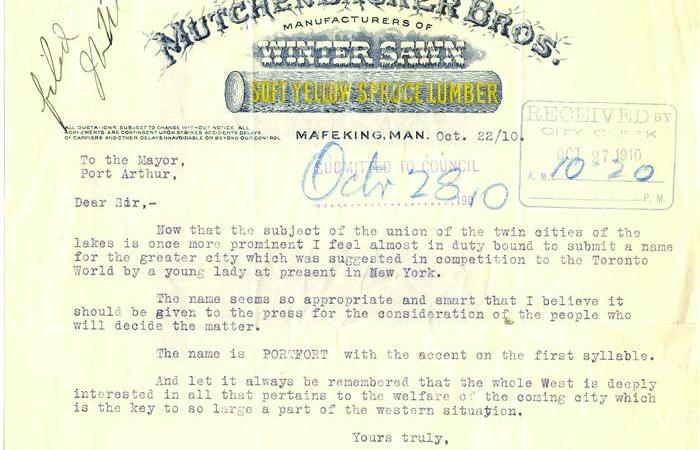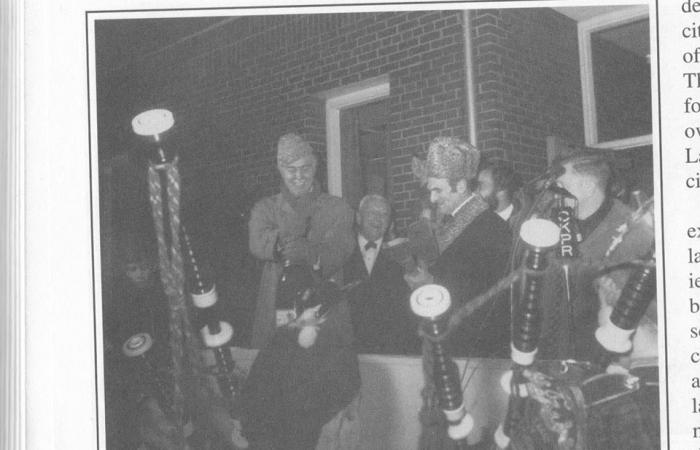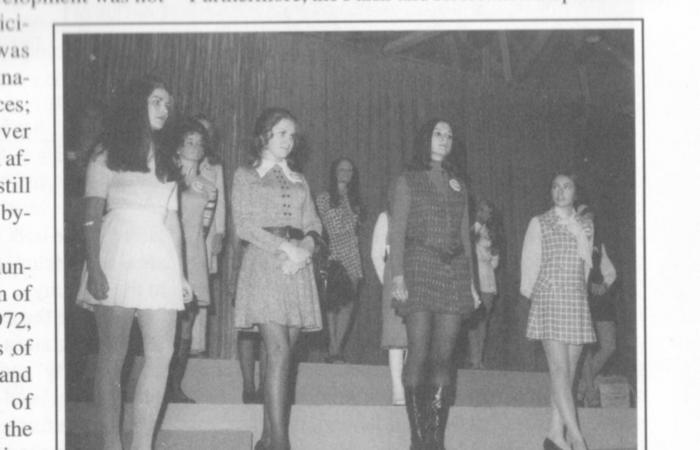On January 1, 1970, the cities of Port Arthur and Fort William along with parts of the municipalities of Neebing and McIntyre amalgamated to form the City of Thunder Bay. However, the debate over amalgamation began 60 years earlier.
The road to amalgamation
The first formal record of a discussion to amalgamate Fort William and Port Arthur was a letter by I.S. Heinrich dated Oct. 28, 1910. In it he stated that since the discussion of union of the twin cities was again prominent, he proposed “Portfort” as a name for the amalgamated city.
Ten years passed before a public vote was held. On January 5, 1920, the citizens of Port Arthur were asked, “Are you in favour of the union of the cities of Port Arthur and Fort William, upon terms to be mutually agreed upon?” Of the 1923 votes cast and counted at the Whalen building, 183 were in favour and 740 against. Although a majority of citizens were in favour of amalgamation, no further action was taken for another 38 years. It had always been rumored that Port Arthur’s application for city status in 1907 included a bid to annex Fort William. If that was the case, both towns were still incorporated as cites that year. Maybe there was something to that rumour, though, because in 1948 Port Arthur mayor, Charlie Cox and staunch proponent of amalgamation, tried to become mayor of both cities when he ran for the mayoralty of Fort William in its municipal election.
On December 1 in Fort William and December 8 in Port Arthur, 1958, the same question as in the 1920 plebiscite was asked of the citizens of both cities. This vote would not be legally binding, and many questioned whether it was worth the trouble to ask the question. The results were as follows: Fort William: Votes for 4209 and against 6827. Port Arthur: Votes for 5468 and against 5331.
Over the years, amalgamation was debated on and off and various names were proposed for a unified city including Port Edward, Williamsport, Westport, Westgate, Port Thurwilliam and Fort Artwill. Still, nothing was done.
By the 1960s, the Chamber of Commerce of each city had united to form the Lakehead Chamber of Commerce and the Labour Councils had merged. Fort William’s and Port Arthur’s public libraries accepted each other’s library cards and they had a book interloan system. There was an agreement for a co-operative telephone system. The Lakehead Region Conservation Authority (LRCA) was created, as well as the Lakehead Planning Board, the Lakehead Board of Education, Lakehead Harbour Commission, Thunder Bay District Health Unit, Thunder Bay Mutual Fire System and Children’s Aid Society. Political and economic forces were at work in the 1960s too. Keefer terminal was completed in 1962 in the intercity area. The Intercity Development Association, and the Lakehead Chamber of Commerce both lobbied vigorously for amalgamation. In spite of this, the cities remained separate.
In the end, the decision to amalgamate was not made by the citizens of the Lakehead, but the Ontario legislature. In 1968, then mayor of Port Arthur, Saul Laskin, who was also a strong supporter of amalgamation, spoke with Minister of Municipal Affairs, Darcy McKeough, about the ongoing dispute over uniting the two cities. Minister McKeough said he would introduce legislation at Queen’s Park, Bill 18, The City of the Lakehead Act. On May 8, 1969 it passed. Port Arthur, Fort William and the Townships of Neebing and McIntyre would become one city on January 1, 1970. A loud hue and cry went up from the citizens citing they were not allowed to vote on this. As compensation, they were given an opportunity to decide on the name of their amalgamated city. The plebiscite had a choice of three names which were Lakehead, The Lakehead and Thunder Bay. Thunder Bay won by a narrow margin of 600 votes. This sparked more protests. People felt the new city’s name should be some form of Lakehead since the combined vote was larger than that for Thunder Bay. None the less, the unified city would be named after the inlet on Lake Superior upon the north shore of which it resided.
More than the sum of its parts
Amalgamating four municipalities took much more effort than just changing the names. Each had municipal plans and bylaws which had to be integrated. The most significant benefit to the new city as a whole was the combining and expansion of sewer and water services. Until then, McIntyre had no sewer treatment at all. The two public transit systems and police services were combined. Attention was turned to the intercity area between the old cities of Fort William and Port Arthur. The area had been left mainly because of the railway lines that crossed it and all its peat bogs that hindered development.
Before amalgamation, all four municipalities attempted to provide adequate local government services, but didn’t have the tax base to do so, especially McIntyre. If the rivalry between Port Arthur, Fort William and the two Townships, and the competition for government initiative and infrastructure funding that would have resulted in one area receiving funds at the expense of the other, or may have passed us by altogether. After amalgamation, the City of Thunder Bay could speak with a single voice which has worked in its favour.
A work in progress
One of the highlights of Thunder Bay’s inaugural year was when its own Carol Commisso won the Miss Canada pageant. Over the years, Thunder Bay, as one city, has achieved things that likely would not have happened had the four municipalities remained separate. We hosted the 1981 Canada Summer Games. In 1984, the Neebing McIntyre Floodway was completed to control the annual flooding of the Intercity area, and the Community Auditorium opened in 1985. We held the 1995 World Nordic Championships, and along with it came our new airport. We played host to the 1996 Scott’s Tournament of Hearts.
Our history began with the fur trade with the pelts going to clothe Canadians and the people of Europe. The region’s economy changed and expanded with the coming of the transcontinental railway. Through our port we shipped grain to feed the world renowned. We exported lumber for pulp and paper. Our factories built planes, buses, rail cars and ships. The people here have shown how diverse and adaptable they are.
The resource based economy that has sustained this region for decades is in decline. In its place our university and college are expanding. We have a new university hospital, medical school, law school, and a world renowned research facility. What will be next? Whatever it is, the people of Thunder Bay will show the adaptability they always have, and prosper in the change. Once again the city built on the shores of Gitche Gumee, by the shining Big Sea Water will rightfully earn the name, anemki, given to this land by the Ojibway centuries ago. They called it thunder.






